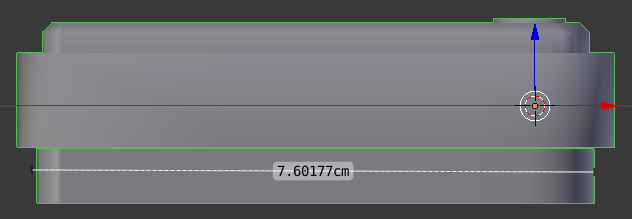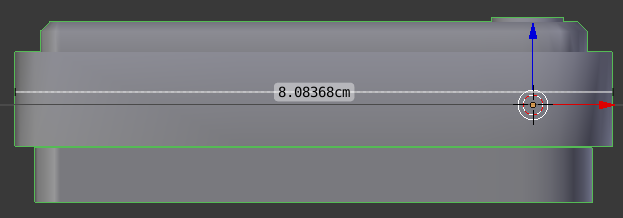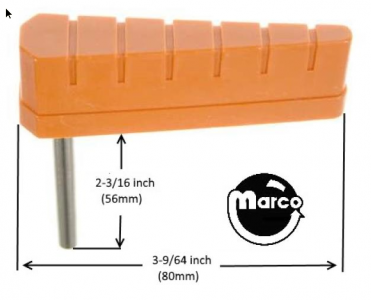- Joined
- Oct 3, 2004
- Messages
- 1,512
- Solutions
- 2
- Reaction score
- 1,138
- Points
- 132
- Favorite Pinball Machine
- Trigon
I did start with fresh settings for the fpxEngine table, including xml, but decided to redo it. I did clean up and made sure I removed all the flipper code before hand as well.
After removing any other code in fpx that MIGHT affect your coding, including several BAM coding already in there, the flippers still had problems, so instead I copied in the external file which seems to work better and then copy it directly into my script. Of course this is all just using the flipper code. There are some problems, the ball sometimes doesn't even roll down the flipper when the flipper is up, and the ball sometimes speeds up or slows down on the flipper as well. The ball seems to move too heavy, and sometimes speeds up and slows down. I suspect my threshold settings will work better
The point of this is though it may be some of my settings, we all have different settings, and this needs to be a bit more flexible to meet these needs. I am looking at this because I always want to improve fpxEngine, and if the specialized features I had to remove were worth replacing with this script, and if it was worth justifing the time to fix or totally rewrite things. This is something that everyone will need to do with their own tables, not just me. I think the 2 of you should be more understanding of that fact, even if they don't conform to your way of ball and flipper movement.
After removing any other code in fpx that MIGHT affect your coding, including several BAM coding already in there, the flippers still had problems, so instead I copied in the external file which seems to work better and then copy it directly into my script. Of course this is all just using the flipper code. There are some problems, the ball sometimes doesn't even roll down the flipper when the flipper is up, and the ball sometimes speeds up or slows down on the flipper as well. The ball seems to move too heavy, and sometimes speeds up and slows down. I suspect my threshold settings will work better
The point of this is though it may be some of my settings, we all have different settings, and this needs to be a bit more flexible to meet these needs. I am looking at this because I always want to improve fpxEngine, and if the specialized features I had to remove were worth replacing with this script, and if it was worth justifing the time to fix or totally rewrite things. This is something that everyone will need to do with their own tables, not just me. I think the 2 of you should be more understanding of that fact, even if they don't conform to your way of ball and flipper movement.
Last edited:




